Event Identity
You’ll figure something out.
The GoaL: create a new visual identity for an event.
The Details
Create a comprehensive design system to be applied as a cohesive visual identity for a specific event. Design branding guidelines, and 3 touchpoints based on how the event is experienced. 1 touchpoint should be focused on “before” arriving to the event, 1 for “during” the event, and one for “after the event.”
Project time: 10 weeks
The Process
RESEARCH
Event Finding
The first step for designing an event identity is to have an event. I decided to revise the event identity strategy for the Rose Bowl Flea Market, a monthly flea market that occurs in Pasadena, California, due to its current lack of design strategy.
The current failures of their identity were that the Rose Bowl Flea Market lacks any branding. The website graphics are poor and inconsistent, and do not give credit to the historical and social presence this flea market has had. It fails to show the incredible variety and vibrancy of what it holds.
The goals for the visual identity rebrand were as follows:
Display the history of the flea market
Act as a skeleton to hold up the individualities of all the shops within
Accentuate the existing personality of the flea market
Avoid disruption of the current ecosystem
Invite the world to a unique shopping experience
Act as a skeleton to hold up the individualities of all the shops within
Accentuate the existing personality of the flea market
Avoid disruption of the current ecosystem
Invite the world to a unique shopping experience
Generally speaking, the goal of the design was to uplift the current Rose Bowl Flea Market rather than disrupt its long, storied history.
Touchpoints
The touchpoints, intended to cover before, during and after experiencing the event, were chosen to cover a variety of scale and levels of detail.
BEFORE TOUCHPOINT: Website
As the primary search result for the Rose Bowl Flea Market, the website does a poor job of inviting new customers to discover the flea market. The website gives a primary source for tourist researchers and may be the deciding factor on whether they visit or not. The outcome would be that tourists (those most likely to visit the website of an event) would attend the flea market.
DURING TOUCHPOINT: Rose Bowl Banner
As the first branded introduction upon arrival to the flea market event, the banner acts as a first impression for visitors. All attendees would see this banner as emblematic of the entire event, and visitors may see it as the face of the entire flea market. Attendees will have a stronger visual memory of the flea market due to an increased visual presence.
AFTER TOUCHPOINT: Business Cards
As a way of leaving a lasting impression on visitors of the memorable and interesting artisans they met within, cards may also end up as keepsakes. Although business cards service the stores within, the flea market would provide them to encourage patrons to return to shop. Attendees will remember places they shopped or wanted to shop, and may encourage returning in the future to find the same vendors or new ones.
DESIGN
Logomark
The logomark is an easy place to start brand identity, as everything from typefaces to color choices to general aesthetic principle can be built around it.
The first step was sketching out some concepts.



After this and some feedback, digital iteration refined some of these sketches.

This was narrowed down to a few options, based on feedback.

After this point, I started asking questions about the tone I wanted to set, and this led me down a rabbit hole of logomark experimentation.
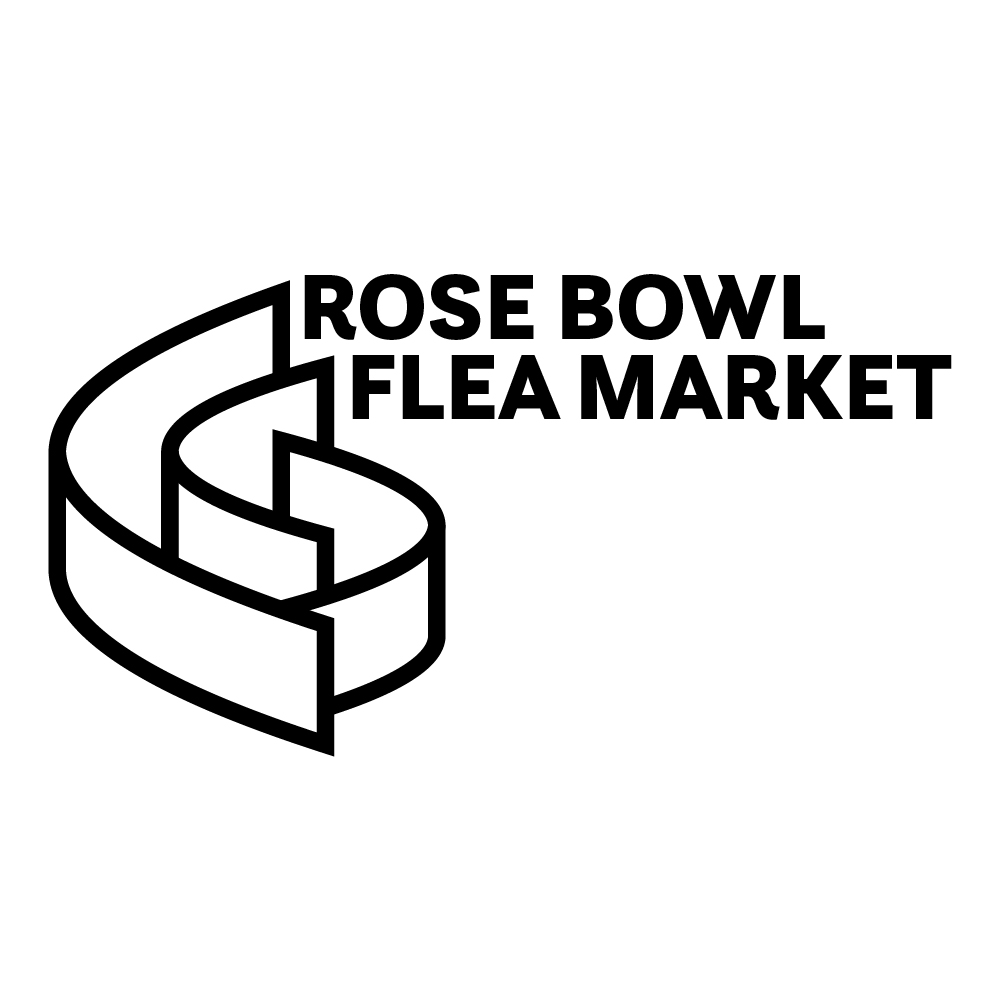

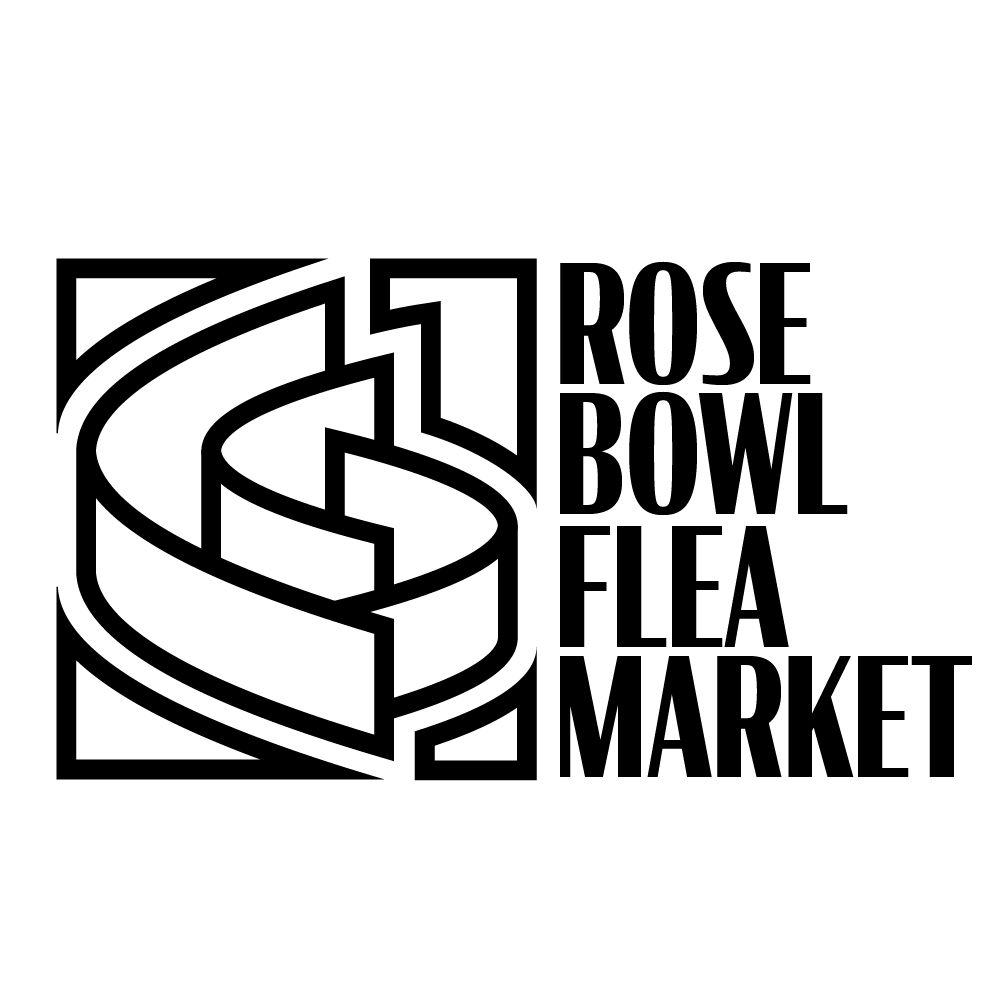
















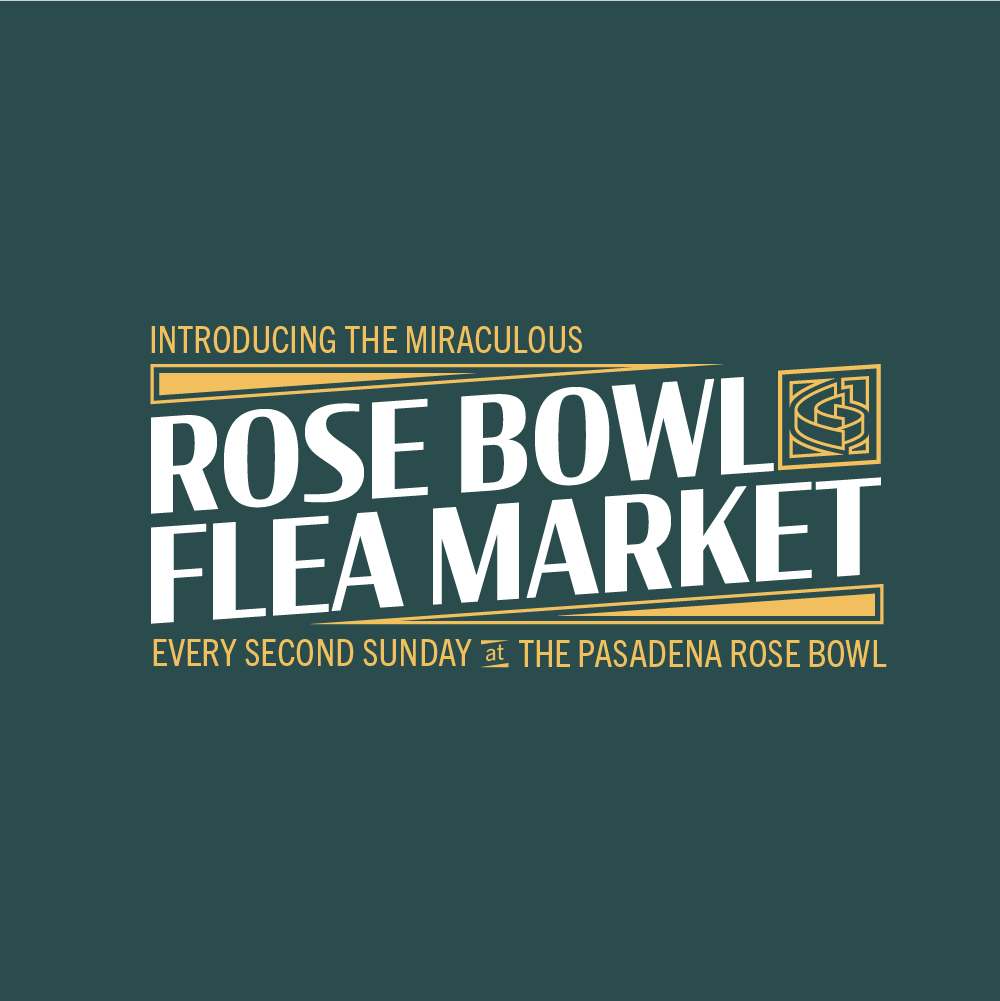

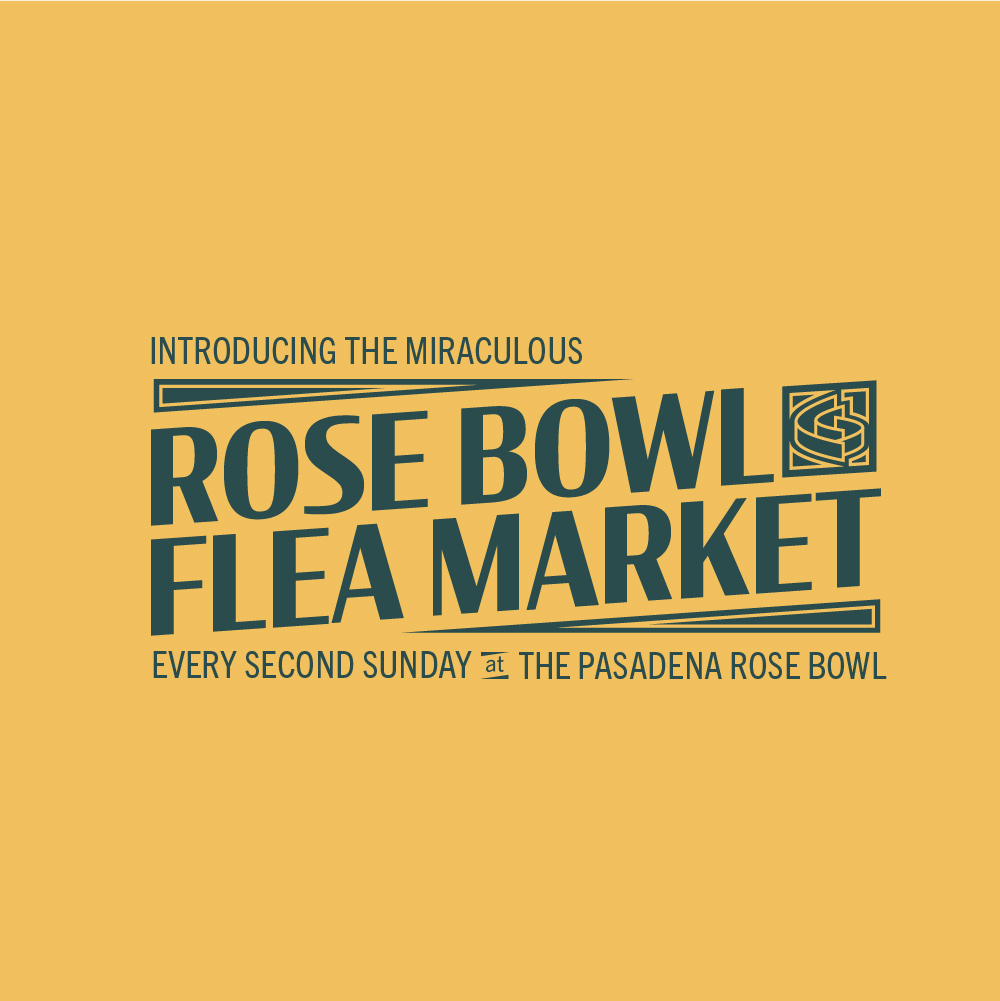

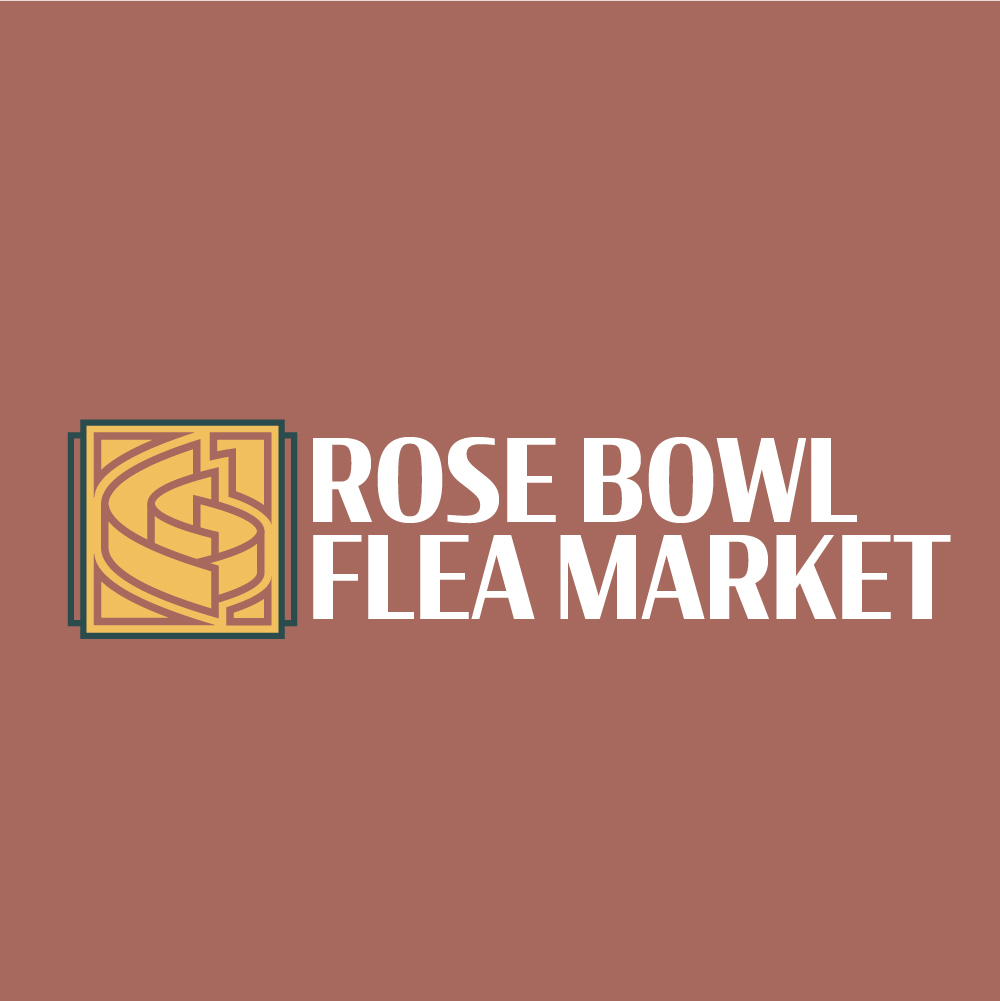
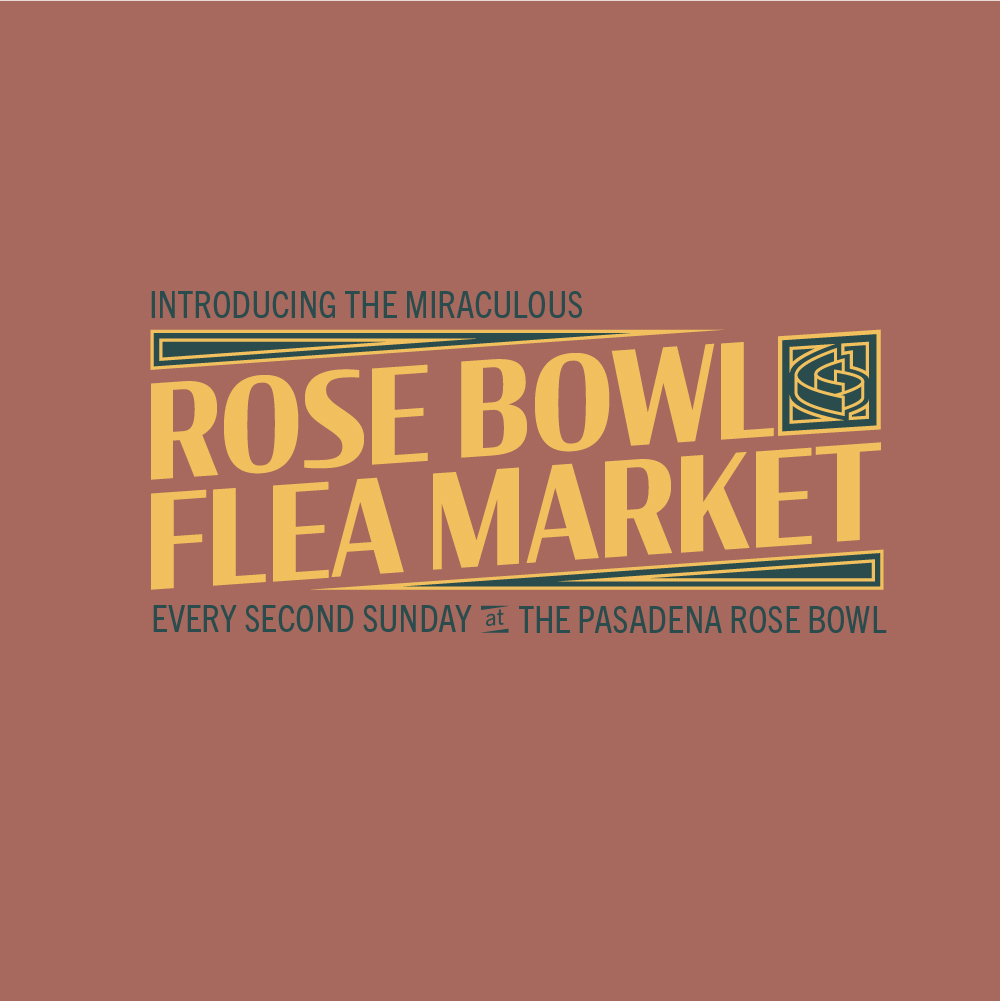
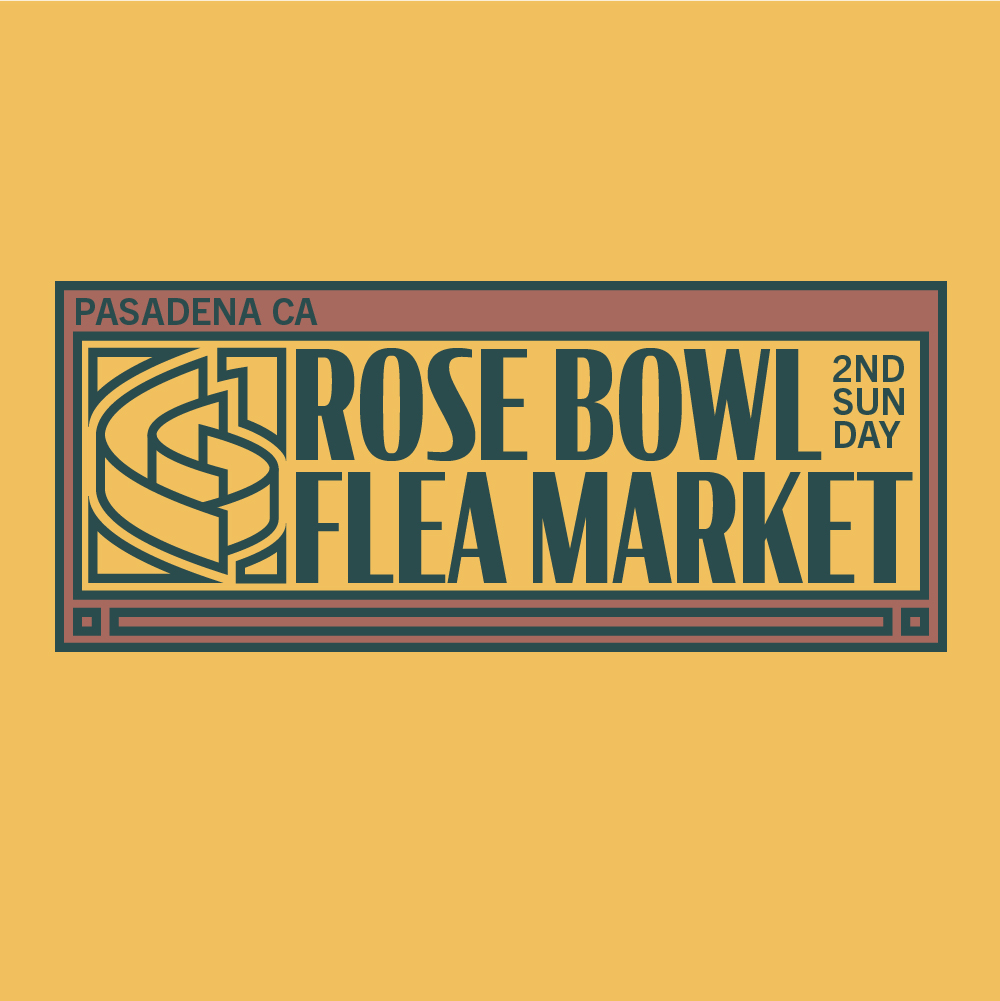

And more experimentation...

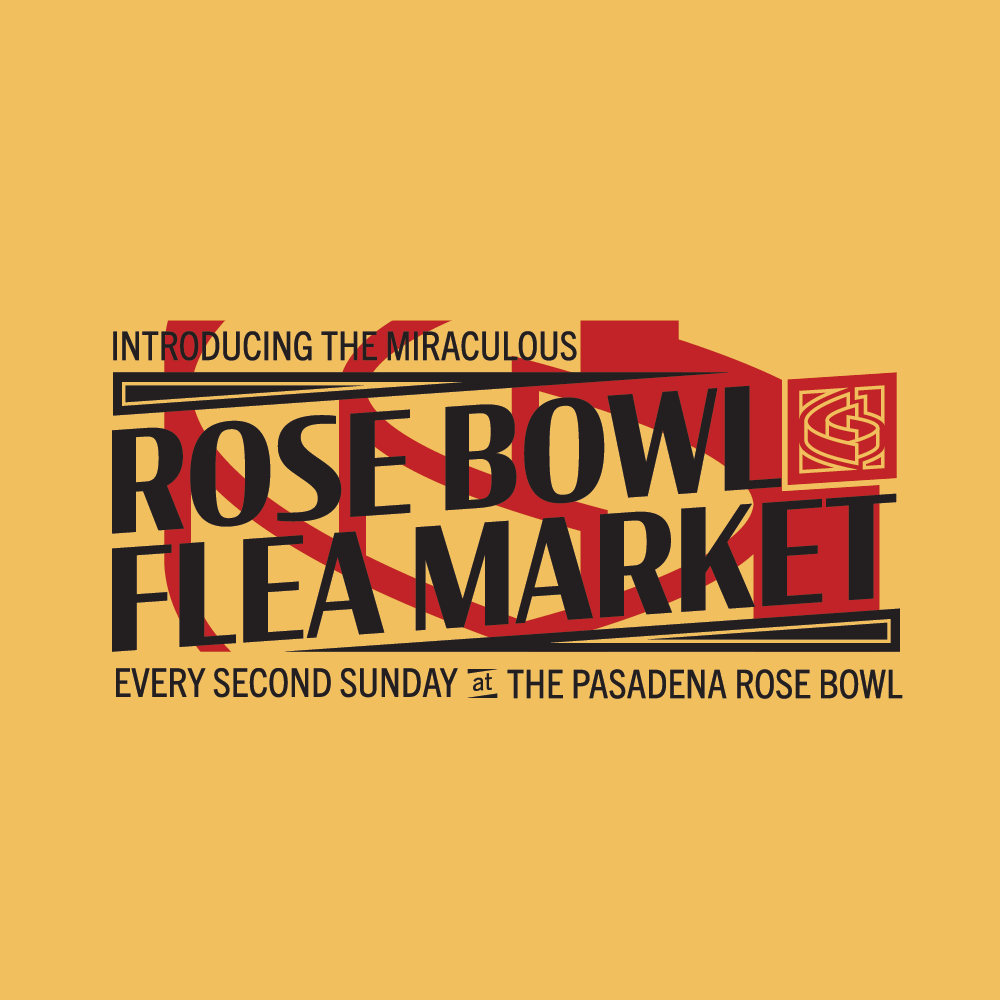



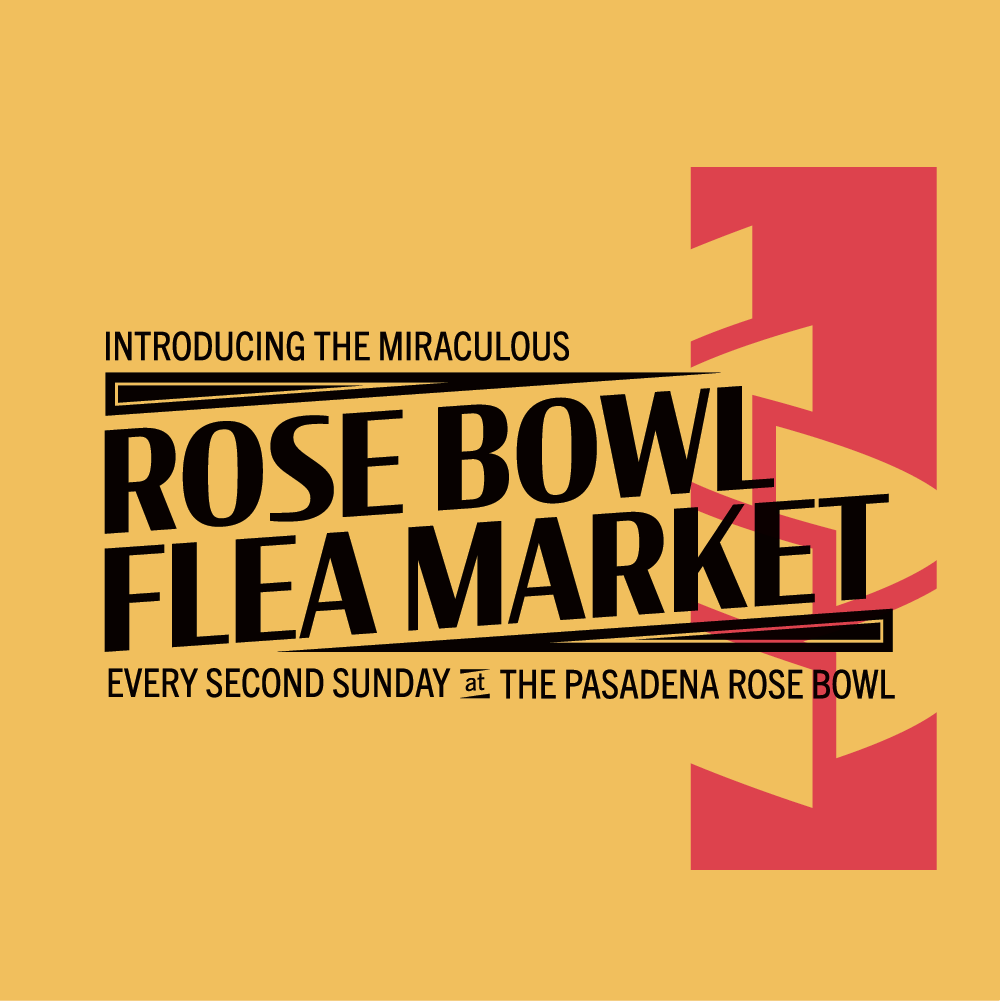
Ultimately the decision was made that the logo for the flea market shouldn’t be some kind of explicit stamp, and instead exist as an assortment of assets that could be mixed for different applications. This is most visible in the final versions of the logomarks, and fits thematically with the goal of the rebrand.
CURRENT ITERATION
Logomark
The logomark is a collection with buried iconography, depicting a rose and a maze. The flea market is full of surprises and delights, if you can find them.



Touchpoint 1: Entrance Banner

Touchpoint 2: Business Cards



Touchpoint 3: Website
Interactable prototype →


